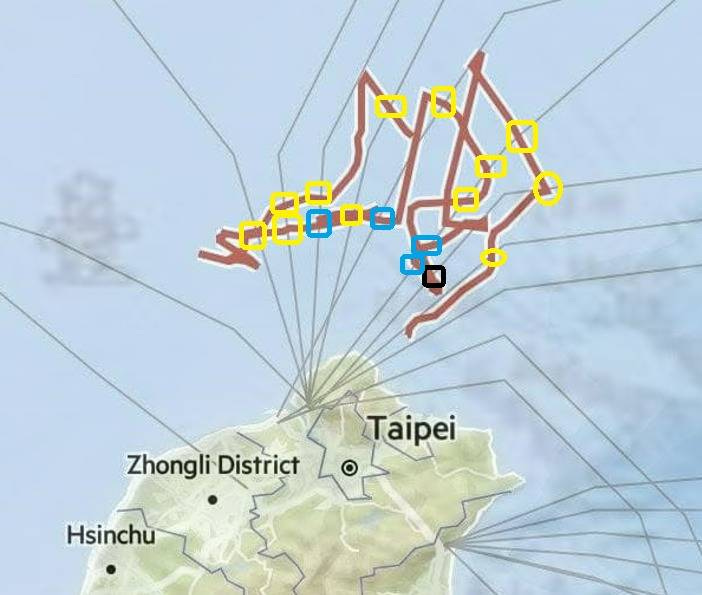Undersea Cable-Cutting: A New Form of Hybrid Warfare?
Hybrid warfare leverages a combination of military and non-military tactics to achieve strategic objectives by exploiting vulnerabilities in critical infrastructure.

In September 2024, incidents in the Baltic Sea raised concerns about potential sabotage when Chinese vessels, including the Yi Peng 3, were suspected of damaging undersea cables. The cables affected include the Arelion cable (Sweden to Lithuania) and the C-Lion1 cable (Finland to Germany).
In early October 2024, near Taiwan, a Chinese-owned vessel, Shunxing 39, was reported to have damaged an undersea cable off Taiwan's north coast. Taiwan's Coast Guard alleged that the ship dragged its anchor at the site of the damage. However, the Chinese ship's owner denied responsibility, attributing the incident to an accident.
The incidents are suspected to have been a long-term project, given the fact that engineers from Lishui University in China have applied for patents for devices designed to cut undersea cables. These patents indicate an interest in developing technology for severing submarine cables. One of the major inventions is a device for cutting submarine cables quickly and at a low cost. It includes a main rod with a towing ring at one end and two wing plates at the other. Each wing plate has an anchor hook on both sides. Cutting knives are fixed on the inner sides of the anchor hooks, and a guide iron is placed between the cutting knives and the wing plates. An iron chain with a tension sensor is connected to the tugboat and the cutting anchor. The tugboat drags the cutting anchor using the iron chain to cut the cable on the seabed. The device quickly cuts the cable, and its effectiveness is confirmed by checking for leftover copper scraps on the cutting knife and the feedback from the tension sensor.
In December 2024, the Estlink 2 undersea power cable, which links Finland and Estonia across the Gulf of Finland, suffered significant damage. The incident occurred when the Finnish electricity transmission grid operator Fingrid reported a power outage on the cable.
Authorities quickly suspected sabotage due to recent similar incidents in the Baltic Sea region. The oil tanker Eagle S, believed to be part of Russia's "shadow fleet," was identified as the likely cause. Finnish authorities seized control of the ship, which was found to have dragged its anchor across the cable.
These incidents highlight the importance of undersea cables for global communication and the potential risks we face.
Keep reading with a 7-day free trial
Subscribe to Consequence to keep reading this post and get 7 days of free access to the full post archives.





